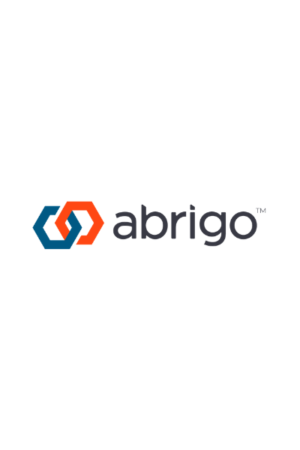Whether peer analysis is a new practice or a tested strategy at your bank, it is always important to begin any analysis with an overview of key performance metrics. As Tim McPeak, an executive risk management consultant at Abrigo, pointed out in a recent webinar, it may seem obvious, but benchmarking your bank against peers on some basic metrics is an important first step in any peer analysis.
Benchmarking against peer institutions (banks of roughly the same size, geography, and loan portfolio concentrations) on performance statistics accomplishes two objectives: It provides an at-a-glance status report of how the bank stacks up against similar institutions, and it highlights areas that need further analysis.
It is crucial for leadership at a bank to understand how the bank compares against key metrics to those institutions considered peers. These “dashboard” metrics are not complex analyses, but by comparing the bank against peers on metrics such as Return on Assets, Efficiency Ratio, Texas Ratio, and Net Interest Margin, the bank’s leadership can keep tabs on the institution’s standing in a peer group. Additionally, these key performance metrics may serve as a first alert if something more complex is brewing.
By keeping an eye on top-line performance metrics, bankers and analysts can quickly identify areas that need deeper exploration. You may be surprised, for example, to find that your institution has the highest ratio of Nonaccrual Loans to Total Assets in your peer group. If that were the case, you would want to take the time to drill down into causation – why is your loan portfolio performing at a lower rate than others in the same geographic area, asset size and business focus? As McPeak explained in the webinar, it may be the case that differences between your bank and your peers are accounted for by a difference in business model or management decisions. However, if such differences are unexpected or the reason behind them is unclear, variance analysis could be a worthwhile exercise.


